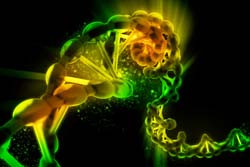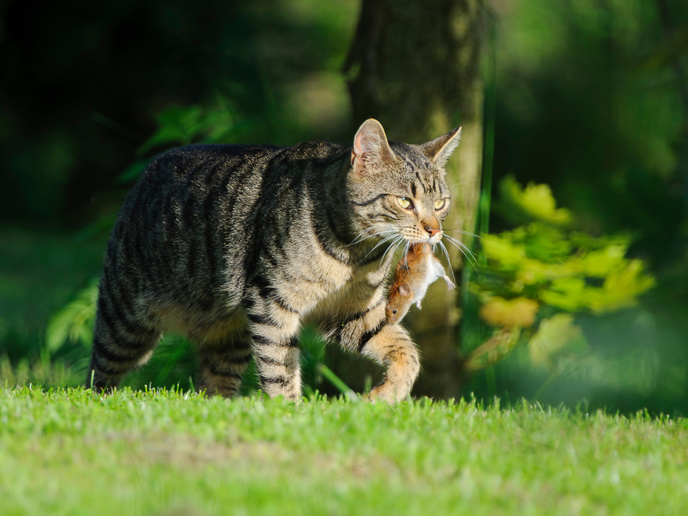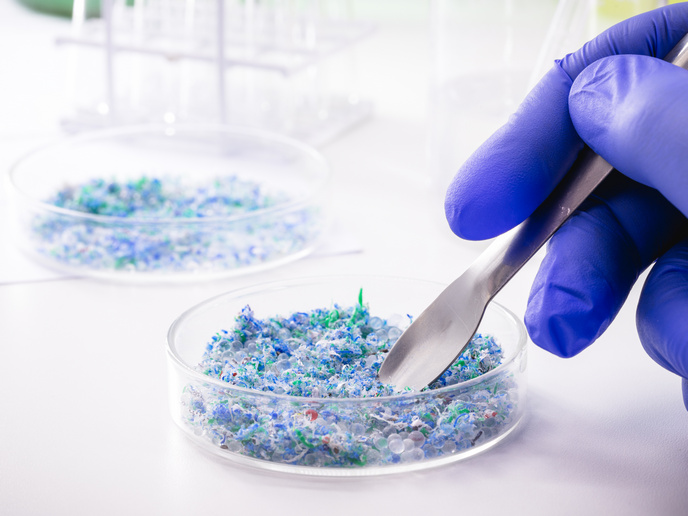The genetics of weird worms
Paracatenula is a genus of worms that live in marine sediments, don't eat, and can regenerate their own head and brain. They have no mouth and no gut; instead, they get their energy from the bacterium Riegeria galateiae, which lives throughout the worm's body. An EU-funded project, CARISYM, has studied the genetics of both the worms and their bacterial passengers to better understand how the symbiosis works. Researchers began by collecting worms from various sediments in the Caribbean and Mediterranean. They collected all four known species of Paracatenula, and identified two new species of nematode. In order to study the Paracatenula worms, CARISYM developed a new technique to cultivate them. During this process, researchers also completed and published a formal description of the species for the first time. Next, scientists sequenced the genomes of both Paracatenula worms and R. galateiae. This process revealed that R. galateiae are genetically distinct from related bacteria, and also revealed how the bacteria produce energy. Lastly, the project looked at gene expression in the bacteria during the regeneration of the head of Paracatenula. This showed that the symbiotic bacteria played a crucial role in this unusual physical process. CARISYM represents a step forward in understanding the unusual biology of Paracatenula worms.







